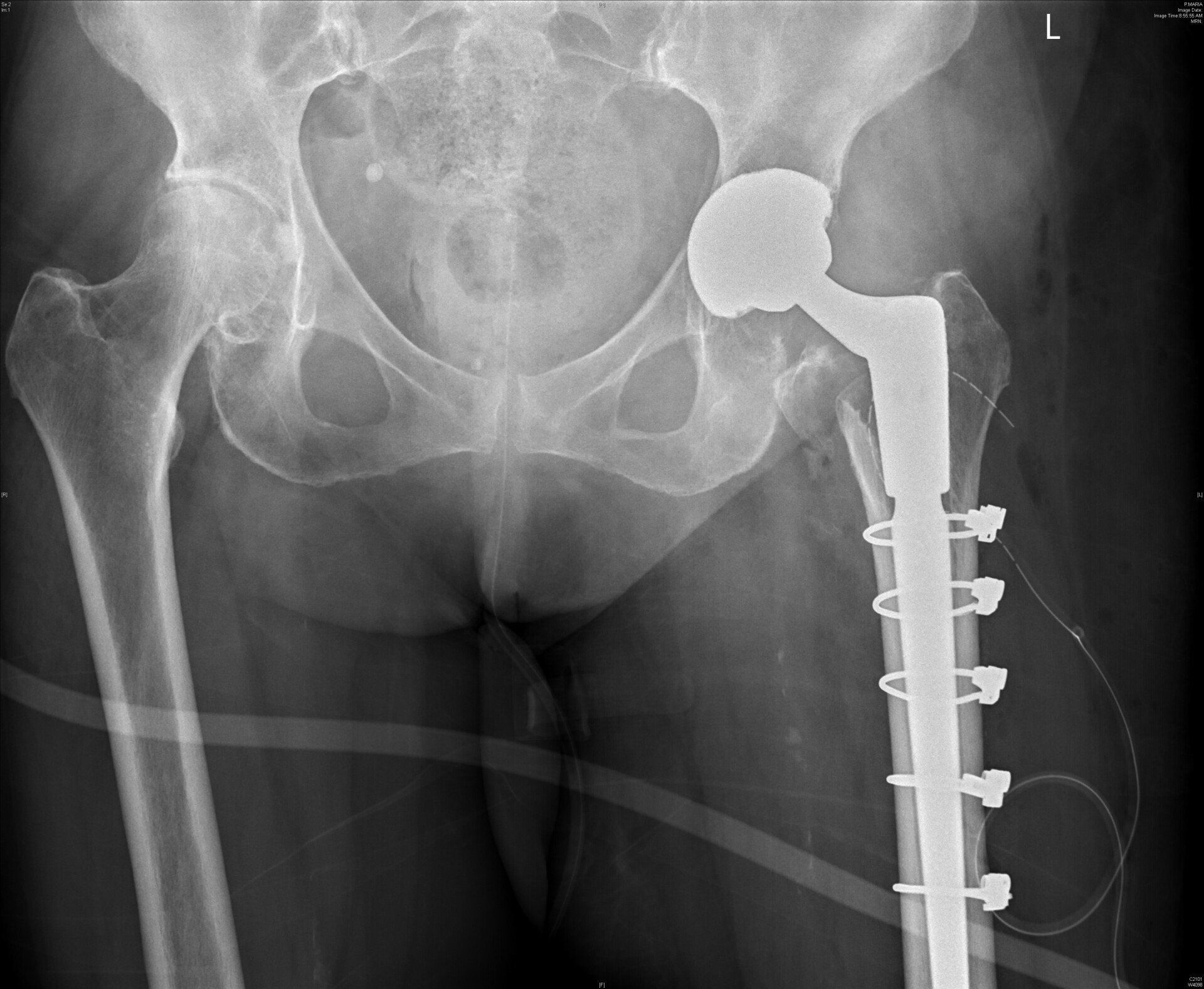Hip Revision Surgery
What is Revision Hip Surgery?
Occasionally a hip replacement procedure needs to be corrected and this is referred to as a 'revision'. A revision hip replacement is generally more complex than the original hip replacement procedure, and can involve the partial or full replacement of the original artificial hip components (prostheses). In very rare cases a revision hip replacement may itself need to be revised.
Why Would Hip Revision Surgery Be Required?
Usually the cause is clear but not always, hips without an obvious cause for pain in general do not do as well after surgery. Pain is the primary reason for revision and hip pain can be caused by:

Wear
This can be caused by the plastic (polyethylene) wearing and is one of the easier revisions where only the plastic insert is changed
Dislocation
This can cause instability and means the hip is popping out of place.
Loosening
Generally, this either occurs where the artificial joint has been in place for a considerable time, or where it has been subject to significant amounts of 'wear and tear'. can be caused by either the femoral or acetabular component. This usually presents as pain but may be asymptomatic. For this reason, you must have your joint followed up for life as there can be changes on X-ray that indicate that the hip should be revised despite having no symptoms.
Infection
Usually presents as pain but may present as an acute fever or a general feeling of unwell.
Bone Loss
Osteolysis can occur due to particles being released into the hip joint that result in bone being destroyed
Fracture
Due to its proximity to the artificial hip components, this is referred to as a 'peri-prosthetic fracture'. It is generally caused by a fall or other direct trauma.


